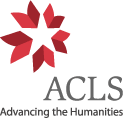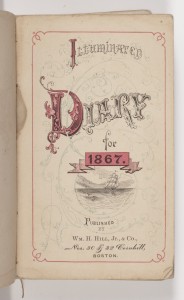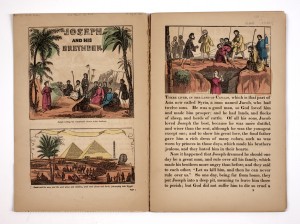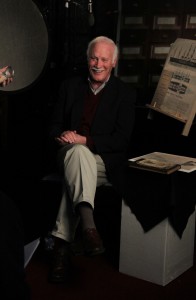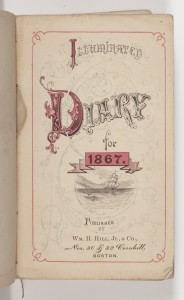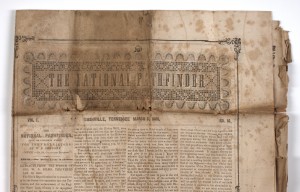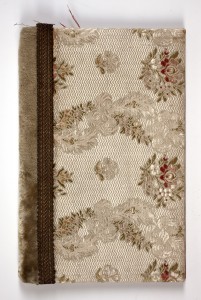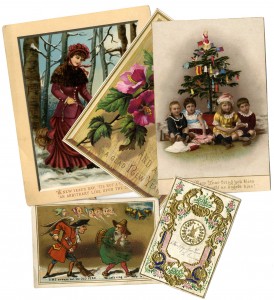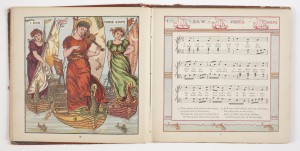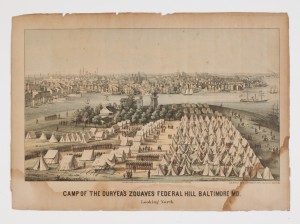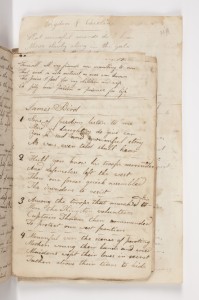
Ballou, Levi, Commonplace Book, 1831-1840. Levi Ballou (1806-1865) was born in Halifax, Vermont. After studying theology with his brother William S. Ballou, Levi became a minister in Orange, Massachusetts in 1843. These fascicles contain poems and prose extracts, almost all of which appear to have been copied by Levi Ballou from a variety of sources. The majority ...

